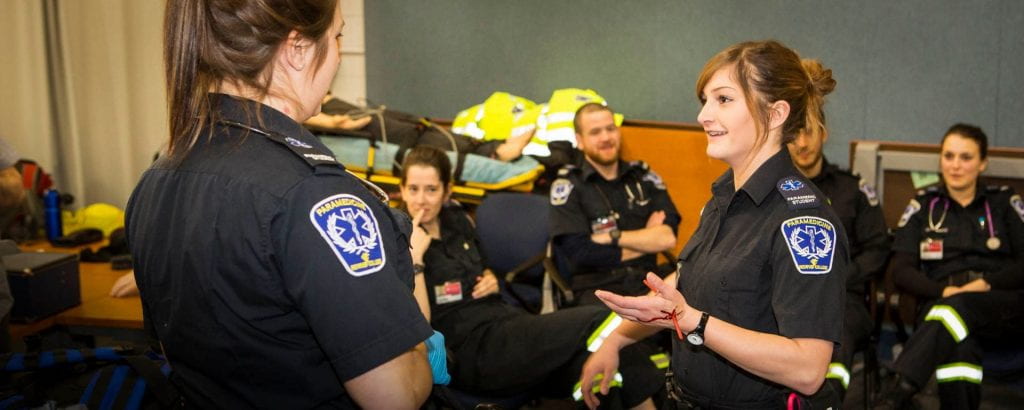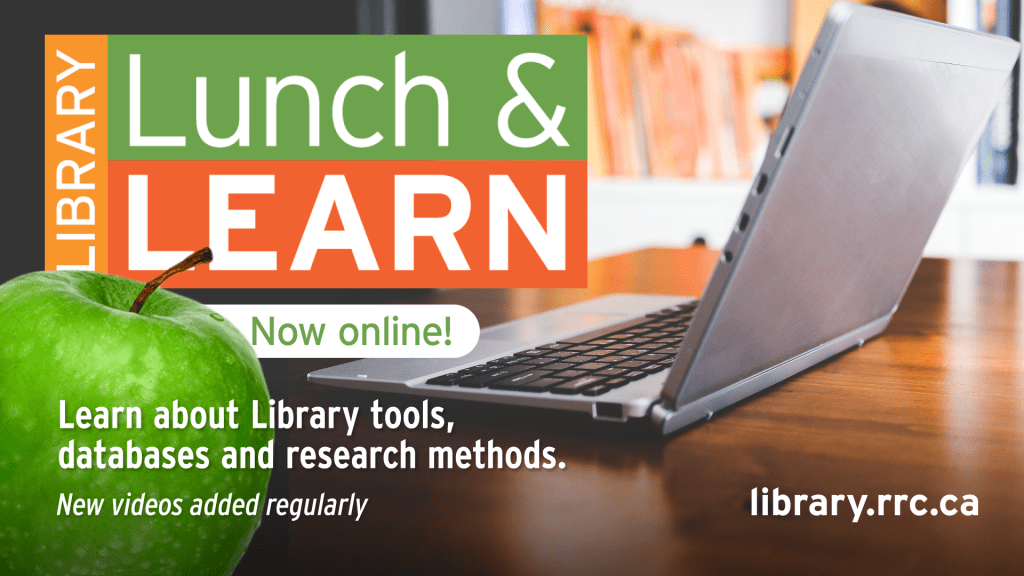Professional Baking and Patisserie Guide
Are you baking breads, pastry, shortbreads, cakes and desserts? This guide will help you find information to improve your technique and expand your palate.
Included in this guide is a special section on special occasion cakes, wedding cakes and the special techniques required to decorate these edible works of art.
Find the PROFESSIONAL BAKING AND PATISSERIE guide here:
library.rrc.ca/ProfessionalBakingandPatisserie
or
- Go to library.rrc.ca
- Click on “Your GUIDE is ready“
- Select the subject box – PROFESSIONAL BAKING AND PATISSERIE is in the Culinary Arts, Hospitality & Tourism section – to see all the guides on this subject
- Click the desired guide and you have a great starting point.
Other guides you may find interesting:
- Food and Kitchen Safety (library.rrc.ca/FoodKitchenSafety)
- Restaurant Management (library.rrc.ca/restaurant)
- Indigenous Culinary Arts (library.rrc.ca/Indigenous_Culinary)
What is a Guide?
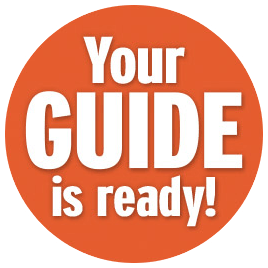 Guides are curated web pages created by our library staff. Many people who are starting to explore a topic aren’t sure where to start – there are so many options and it can be overwhelming.
Guides are curated web pages created by our library staff. Many people who are starting to explore a topic aren’t sure where to start – there are so many options and it can be overwhelming.
Guides are a starting spot for students looking for more information on a particular topic in the collection. A guide will typically include featured books and journals (both print and electronic), databases, Videos (DVDs and streaming) and websites. They may also include specialized information specific to the topic (i.e. WHIMIS or resources specific to an assignment).
Do not hesitate to contact guide owners (information is on the guide) if you have any suggestions to improve this guide (content or special interest areas) or stop by the library – we would love to hear from you. If you would like to see a specific guide for a particular topic please let us know.
We encourage you to share this resource with your students, include it on your Learn site and help us promote this Library tool.





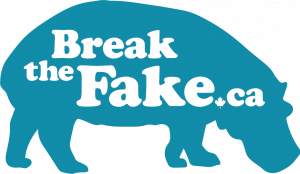
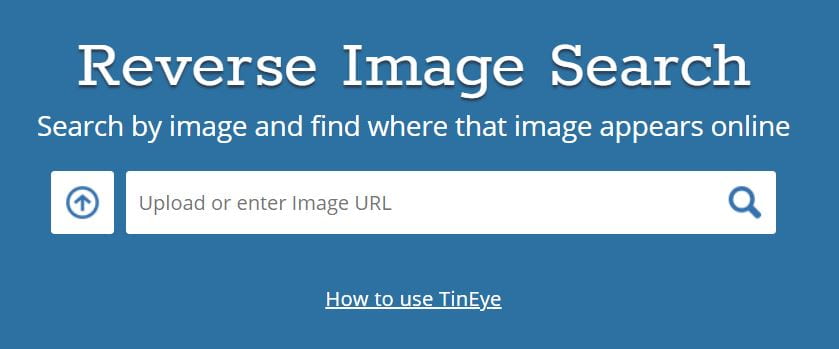

 *Find it faster! Use Control-F (Command-F on Macs) to jump to a keyword or phrase in an article.
*Find it faster! Use Control-F (Command-F on Macs) to jump to a keyword or phrase in an article.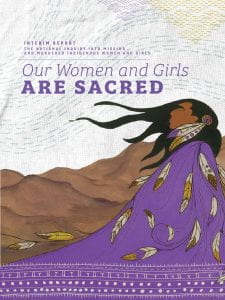
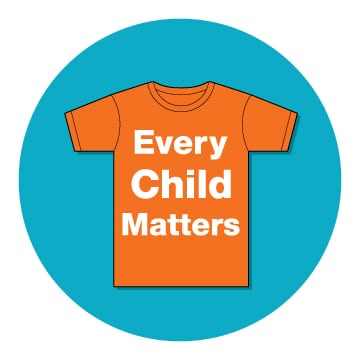 Orange Shirt Day occurs annually on Sept 30th and recognizes the harms done to our Indigenous communities, friends and family by the Residential School System.
Orange Shirt Day occurs annually on Sept 30th and recognizes the harms done to our Indigenous communities, friends and family by the Residential School System.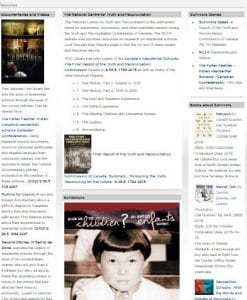
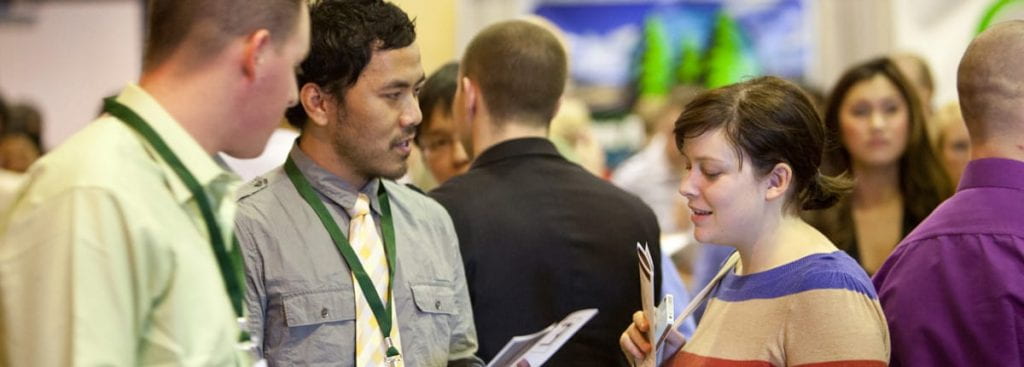
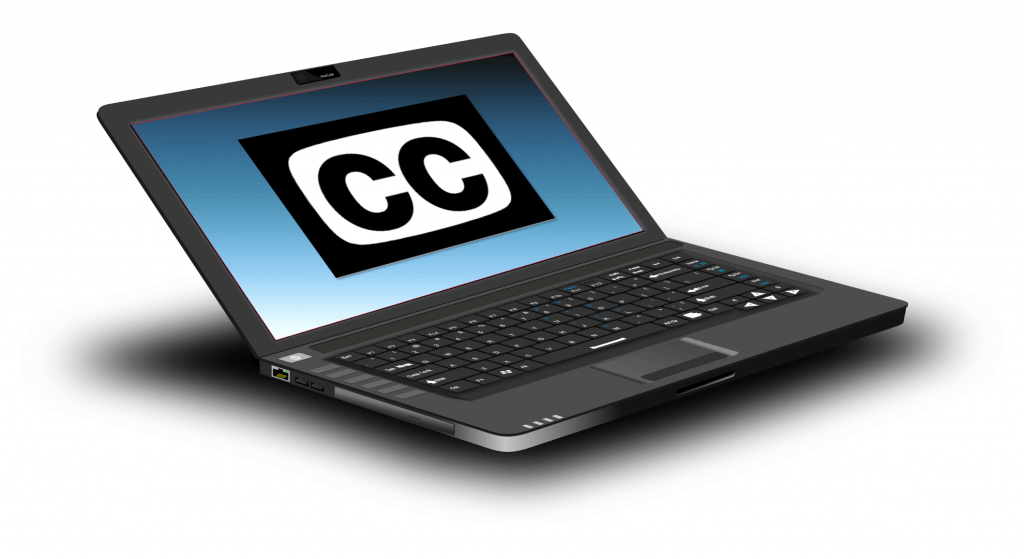
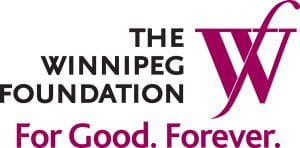 We would like to thank
We would like to thank 